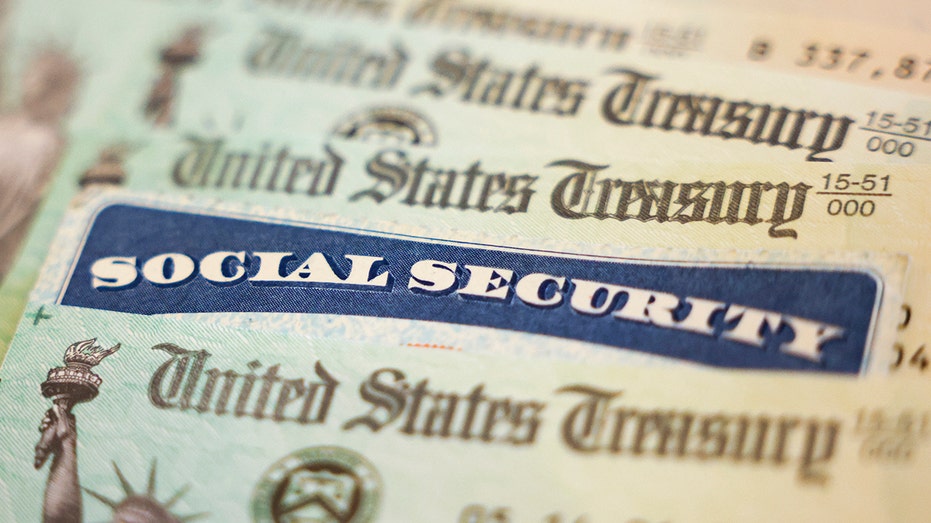Social Security recipients are on track to receive the biggest cost-of-living adjustment (COLA) raise in four decades as sizzling inflation rapidly diminishes the buying power of retired Americans.
The Senior Citizens League, a nonpartisan group that focuses on issues relating to older Americans, estimated the adjustment could be as high as 10.5%, based on June inflation data, which showed that consumer prices soared 9.1% from the previous year, the fastest year-over-year jump since 1981.
The annual Social Security change is calculated based on the Consumer Price Index for Urban Wage Earners and Clerical Workers, or the CPI-W, which jumped 9.8% over the past year.
Should Social Security beneficiaries see a 10.5% increase to their monthly checks next year, it would mark the steepest annual adjustment since 1981, when recipients saw an 11.2% bump. The COLA prediction for 2023 from the Senior Citizens League is much higher than its previous 8.6% estimate.
INFLATION SURGES 9.1% IN JUNE, ACCELERATING MORE THAN EXPECTED TO NEW 40-YEAR HIGH

In this photo illustration, a Social Security card sits alongside checks from the U.S. Treasury on October 14, 2021, in Washington, D.C. ((Photo illustration by Kevin Dietsch/Getty Images) / Getty Images)
An increase of that magnitude would raise the average retiree benefit of $1,668 by about $175.10 per month, the group said.
The Social Security Administration will release the final adjustment percentage in October.
The estimated figure could still be subject to change and ultimately hinges on whether inflation has peaked or will continue to rise. The April, May and June inflation reports have all come in hotter than expected, underscoring just how strong inflationary pressures in the economy still are and indicating that consumer prices will be painstakingly slow to normalize.
If inflation continues to rise, retirees could see a COLA increase as high as 11.4%, the Senior Citizens League said. If inflation begins to cool off, the adjustment will likely be around 9.8%.
However, the decades-high benefit increase is not always good news for recipients, according to Mary Johnson, a policy analyst at the Senior Citizens League who conducted the research. Higher Social Security payments are a bit of a catch-22: They can reduce eligibility for low-income safety net programs like food stamps, and have can push people into higher tax brackets. That means the bigger payments do not necessarily result in more money in people's pockets.
SEVERE RECESSION NEEDED TO COOL INFLATION, BANK OF AMERICA ANALYSTS SAY

People shop for produce at a store in Rosemead, California on June 28, 2022. ((Photo by Frederic J. Brown/AFP via Getty Images) / Getty Images)
"There can be some very long-term effects to high inflation COLAs," Johnson told FOX Business. "It's like a no-win situation."
The average benefit in 2022 jumped by 5.9%, which amounted to a monthly increase of $92 for the average retired American, bringing the full amount to $1,657, the Social Security Administration announced last year. Soaring inflation has already eroded the entirety of the increase, however, with recipients losing 40% of their buying power since 2000, according to calculations by the Senior Citizens League.
The average monthly benefit would have to increase by $539.80 in order for retirees to maintain the same level of purchasing power as in 2000.
The group has pushed Congress to adopt legislation that would index the adjustment to inflation specifically for seniors, such as the Consumer Price Index for the Elderly, or the CPI-E. That index specifically tracks the spending of households with people aged 62 and older.

